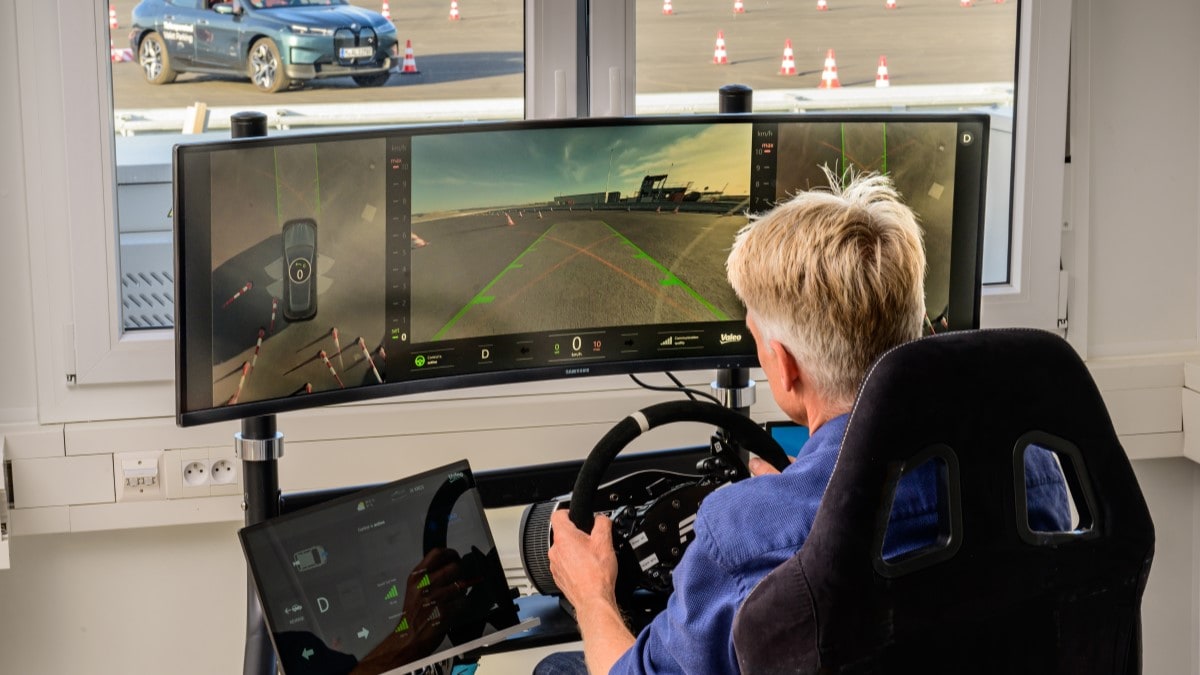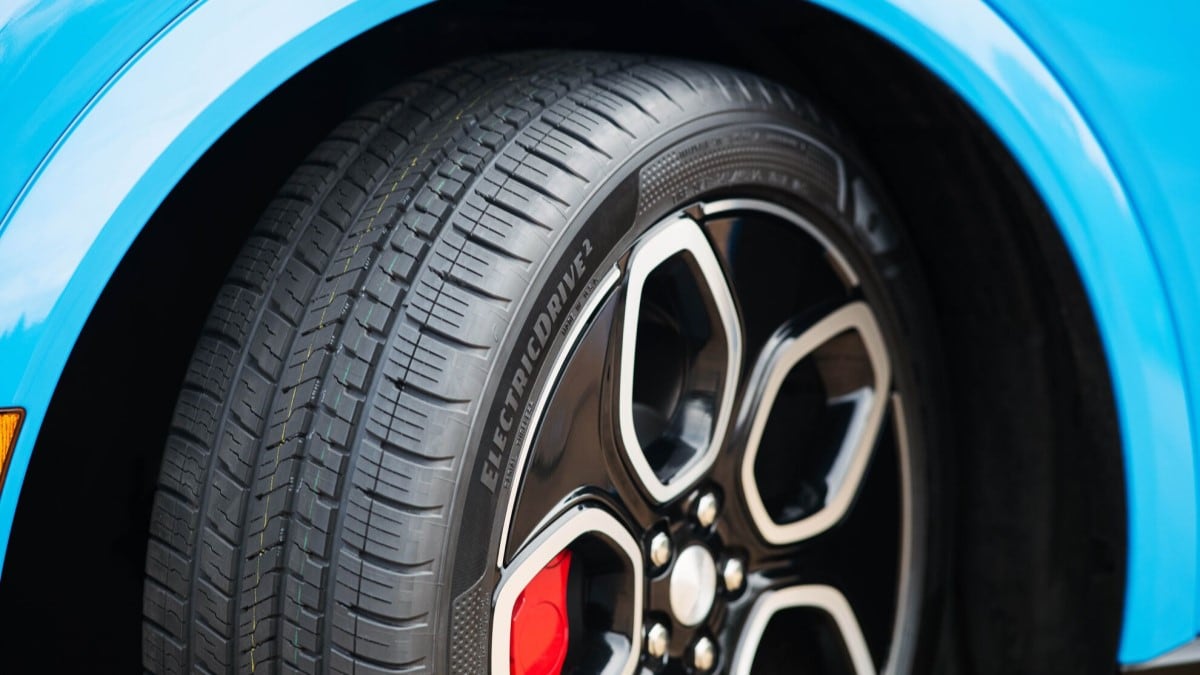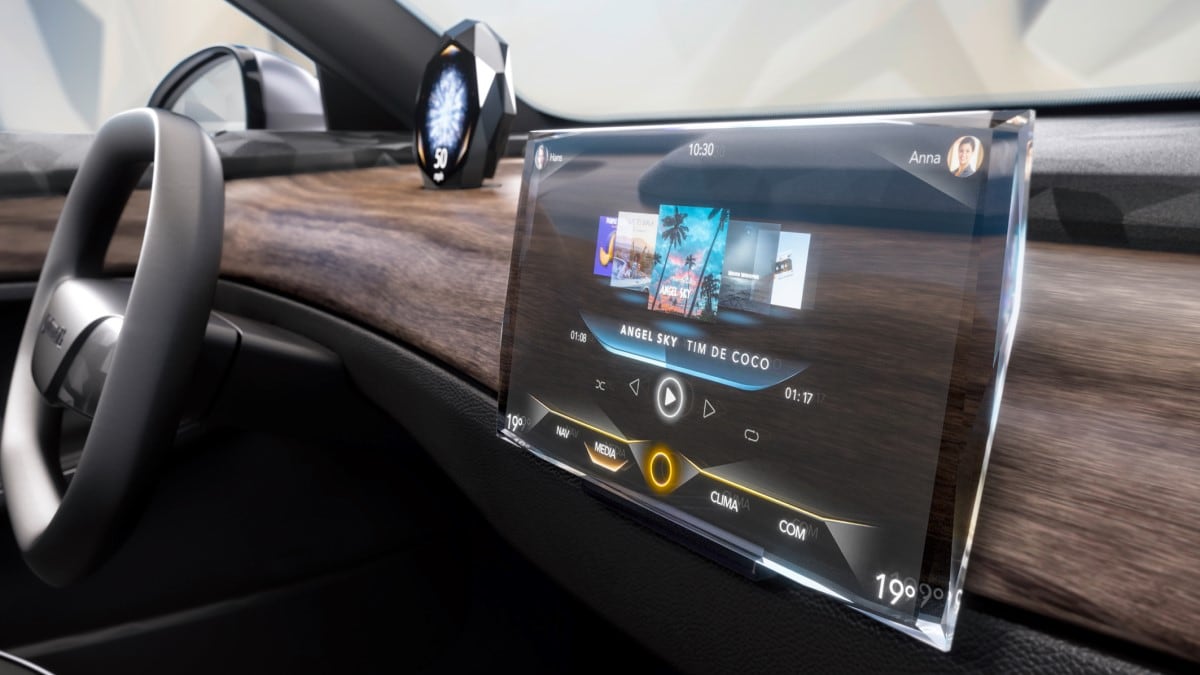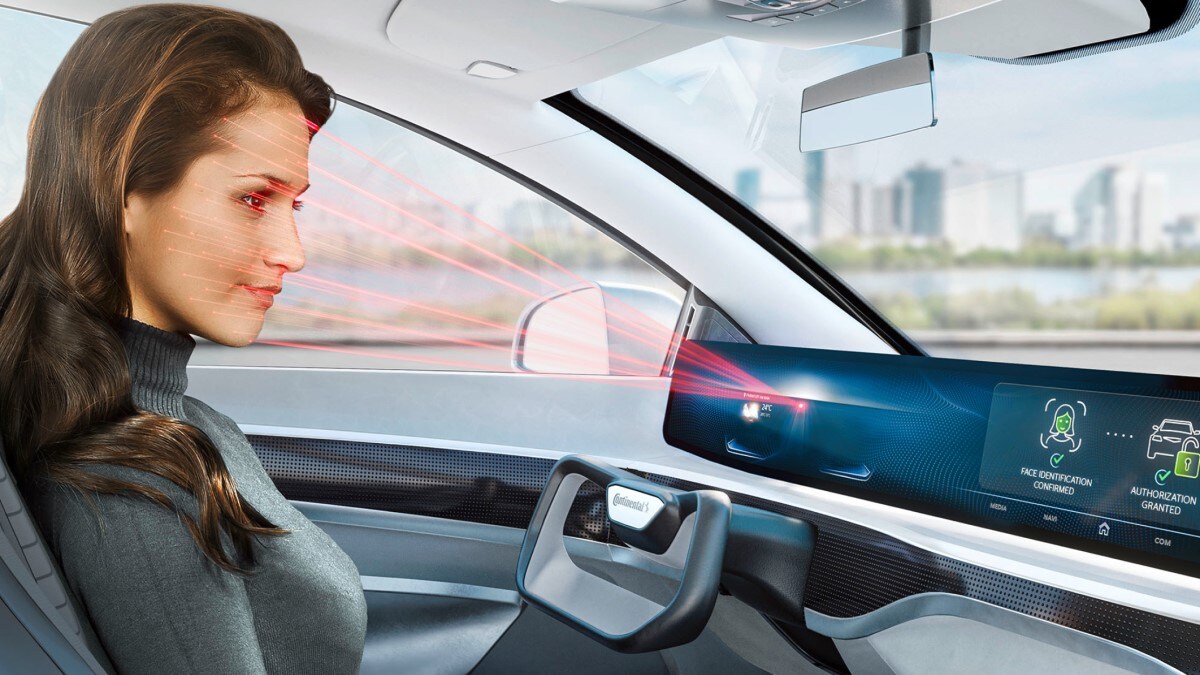The CES consumer electronics show is underway in Las Vegas, and it’s as much a car show as an electronics showcase. New technologies on display this year include facial recognition systems, clear display screens, tires made from rice and soybean oil, and a parking service that lets someone park your car for you via video game controls while you walk away.
Automakers use CES to show off technologies they plan to bring to market soon. Companies that supply parts to automakers also use the show to showcase things they’d like to sell. So, not all of the high-tech solutions at the show are headed for dealership lots soon. But they all suggest what the future of driving could look like.
A few that caught our eye:
BMW’s Remote Parking System

You pull into the parking lot late for a meeting. It’s almost full. Finding a spot will take time you don’t have. So you pull into the car drop-off, hit the remote parking button, get out, and run inside.
An operator thousands of miles away takes over. Views from the car’s cameras pop up on their screen. Using a video-game-style console complete with a steering wheel and pedals, they take control of the car and park it for you.
When you’re ready to leave, you head to the car drop-off, open an app on your phone, and call the car back. Another remote operator fetches the car and drives it to you.
That’s the future BMW sees. Partnering with automotive tech firm Valeo, BMW showed off what it calls “teleoperated valet parking.” The company explains, “Either an autonomous driving system or a teleoperated valet system can be used as the underlying technology” for the system. But distant human operators might be more efficient “in situations that could be very challenging for fully autonomous systems, such as in complex or unfamiliar environments.”
BMW has no plans to bring it to market immediately. But the company sees possible applications for the technology in airports, events parking, and for operators of large fleets like car rental agencies.
Tires Made of Rice and Soybeans

We’re used to thinking of pollution as something that comes out of a car’s exhaust system. But tires are a surprisingly large source of harmful pollutants.
Tires grind away in everyday use. As they degrade, the particles they lose don’t disappear. They litter roadways where they are washed into waterways.
A 2020 study published in the journal Nature found that, globally, cars send 6.1 million metric tons of tire particles into our atmosphere and waterways. Tire particles are some of the most common microplastics found in the oceans.
Goodyear has long been working on a solution – tires made from materials that are safer for the ecosystem. They’re now ready for the road, the company says.
At this year’s CES, Goodyear showed off its new ElectricDrive 2 all-season tire. Meant for electric cars, the tire uses “at least 50% sustainable materials, including the use of soybean oil in the tire’s construction, rice husk ash silica, and sustainably sourced natural rubber.”
Goodyear says it has models in development that use up to 90% sustainable material.
Transparent Screens

Today’s car interiors are littered with screens. Some automakers compete to offer bigger and bigger screens (Mercedes now offers several EVs with a screen that spans their entire dashboard).
Others keep the screens the size of a tablet but offer more of them. You can buy a Jeep Grand Wagoneer with seven – four in the front row and three in the second.
For some of us, it’s a bit much.
Continental AG, a supplier that provides parts to the automotive industry, thinks screens could be less obtrusive. The company used this year’s CES event to reveal a transparent automotive display.
The technology, Continental says, opens up “new possibilities to integrate minimalist luxury into car interiors with its frameless and semi-transparent look.” Because it’s aimed at luxury cars, the screen is edged in “a stylish crystal housing” developed by Swarovski.
We’re all for options that let buyers minimize screen surfaces. But we are also fans of the disappearing screens Continental showed off last year, and we still hope to see them in a production car.
Use Your Face as Your Key

Continental showed off another innovation that has divided the KBB newsroom. Some love it. Some worry about privacy implications.
It’s a new form of facial recognition technology for the car. Cameras embedded in the B-pillar (the post behind the front doors of a car) and behind the driver’s instrument screen watch for the car owner’s face. “Thanks to biometric face authentication, the vehicle opens and starts up as soon as it detects a registered user,” Continental explains.
The Genesis GV60 already on the market has a similar system, but Continental says its version relies on hidden cameras to be less obtrusive. The company says the system is highly secure thanks to “unique liveness detection from trinamiX, a leading provider of biometric solutions.”

